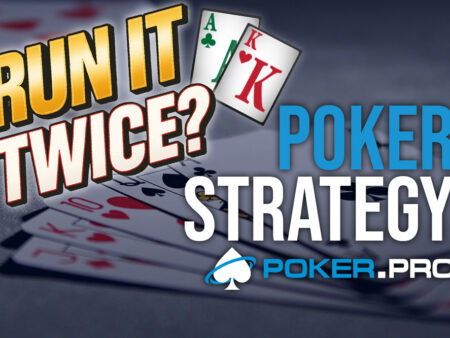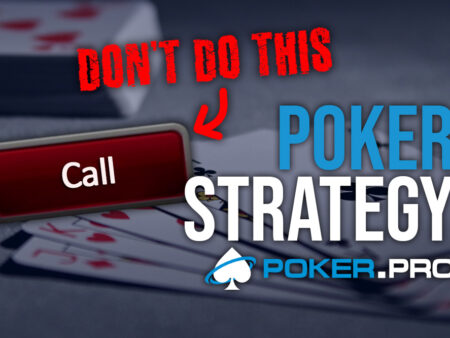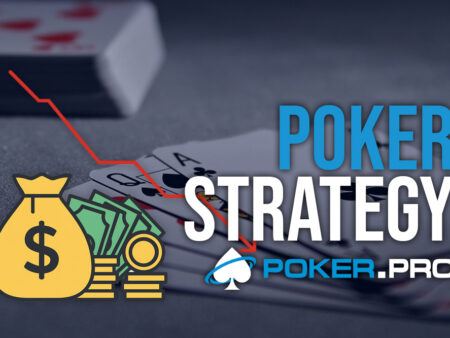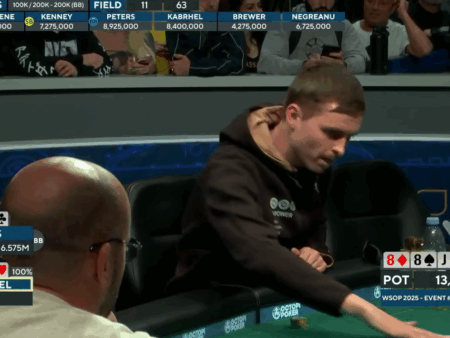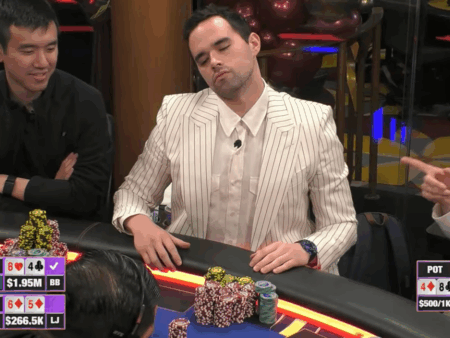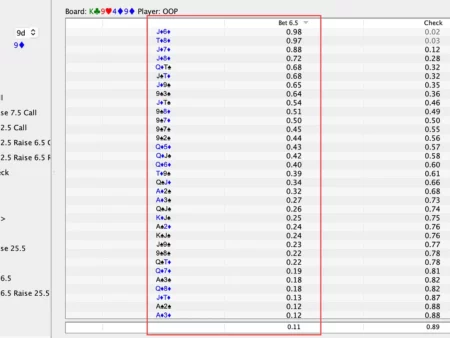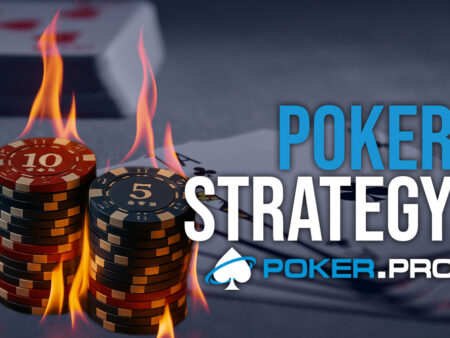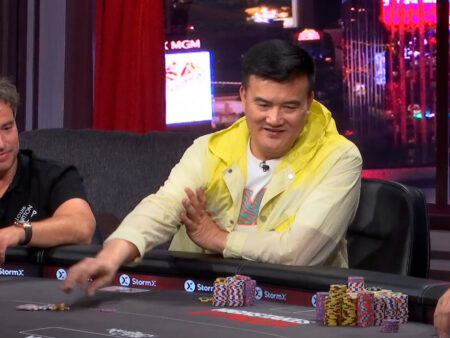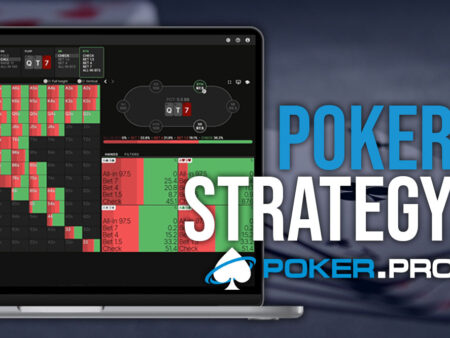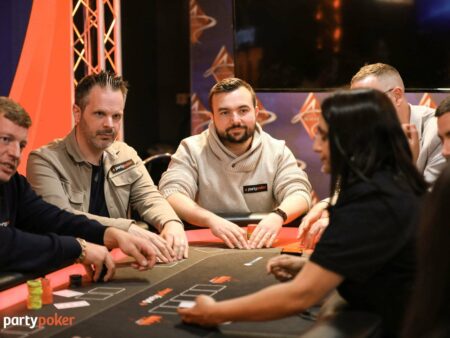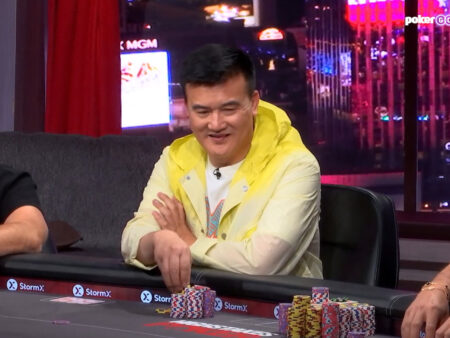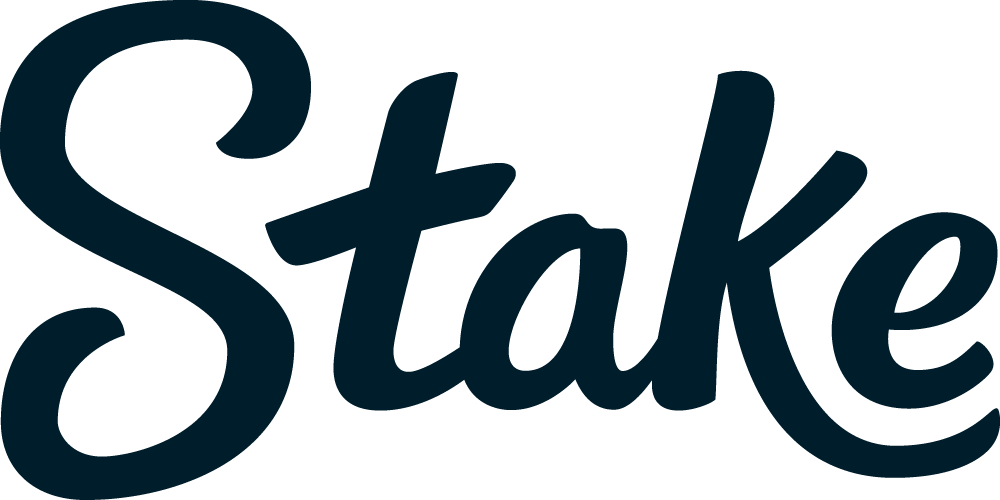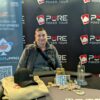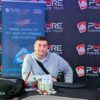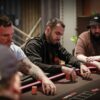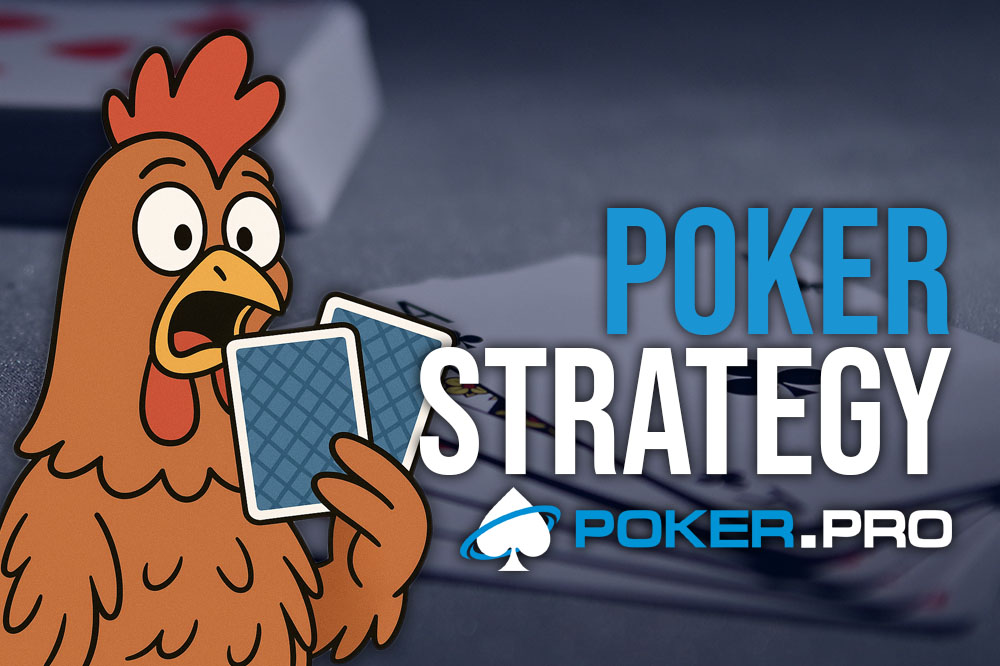
One of the most common problems poker players have is being too passive in almost every line of the game. So, the most common opponent we will face at the poker tables is a nit or a station, both of which are characteristics of not being aggressive enough in certain situations.
One of the main HUD stats that tells us if a player is too passive is W$WSF (Won Money When Saw Flop). The stat indicates how often a player has won a pot when he sees a flop, and it indicates how much he fights for the pots and how aggressive he is in an attempt to win the pot. This stat also goes together with VPIP (Voluntarily Put In Pot) and PFR (Preflop Raise), as the player who has tight preflop stats is expected to have a stronger range and better hands to be aggressive with post-flop.
- Read more: Process of Modern Poker Study
General Preflop Tightness
The key is to have a wide preflop range and to be aggressive, as it will bring us more pots won with weaker holdings on top of winning pots with our good hands. In late positions (SB, BTN, CO), we need to be opening wider than the GTO suggests, especially against opponents whom we have stats on and who are passive. If our opponents are just slightly under 3-betting and/or slightly under-calling, their whole defense falls apart, and we auto-profit by opening much wider.
We are just going to realize our equity more often, and we won’t have to fold to preflop 3-bet as often. Expanding our range with the intention of being aggressive post-flop will significantly increase our win rate.
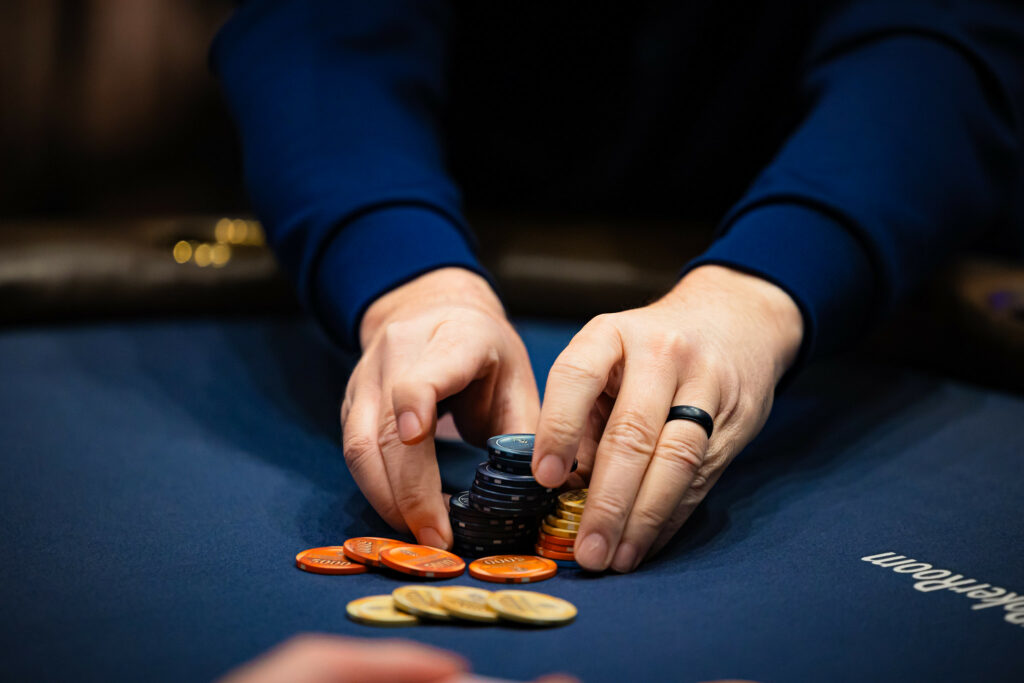
We also want to play a 3-bet or fold strategy in all positions except the Big Blind, as we want to be the aggressor in the hand and have more opportunities to get folds from our opponents. This strategy also reduces the amount of rake we play, as on most sites, hands that are won preflop are not being raked. This is especially important for low—to mid-stakes, as the rake is lower on higher stakes.
Flatting the Button
When we look at the pool data, players are losing money flatting on the BTN unless they are flatting with really strong hands, which would make them even more money if they would 3-bet. The same goes for medium-strength hands; they would be more profitable if we used them as 3-bets instead of calls.
The population is cold-calling on the BTN at around 12 percent, which is twice as much as GTO suggests and even higher than mass data suggests. Players should simplify, exclude calling, and use 3-bet instead.
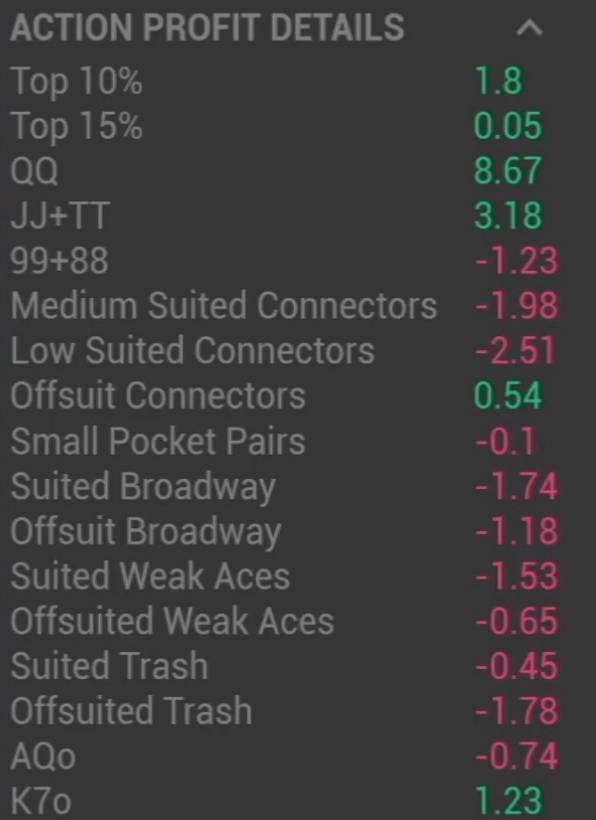
Exploit Aggressively With HUD and MDA
Once we have the data from the HUD or MDA (Mass Data Analysis), we need to aggressively push the high-conviction spots and auto-profit on leaks our opponents show us. For example, if our opponent is overfolding to c-bets, 3-bets, check-raises, etc., we need to attack those spots at every opportunity.
We also want to bluff more against players who have a low W$WSF stat, as they are not fighting enough for the pots and are willing to fold more. One of the most profitable spots is against players who overcall on the flop, overcall on the turn, and overfold on the river. Against this type of opponent, we want to be 3-barrel bluffing more often, depending on how much they overfold. Fold River vs C-bet stat goes together with W$WSF stat.
